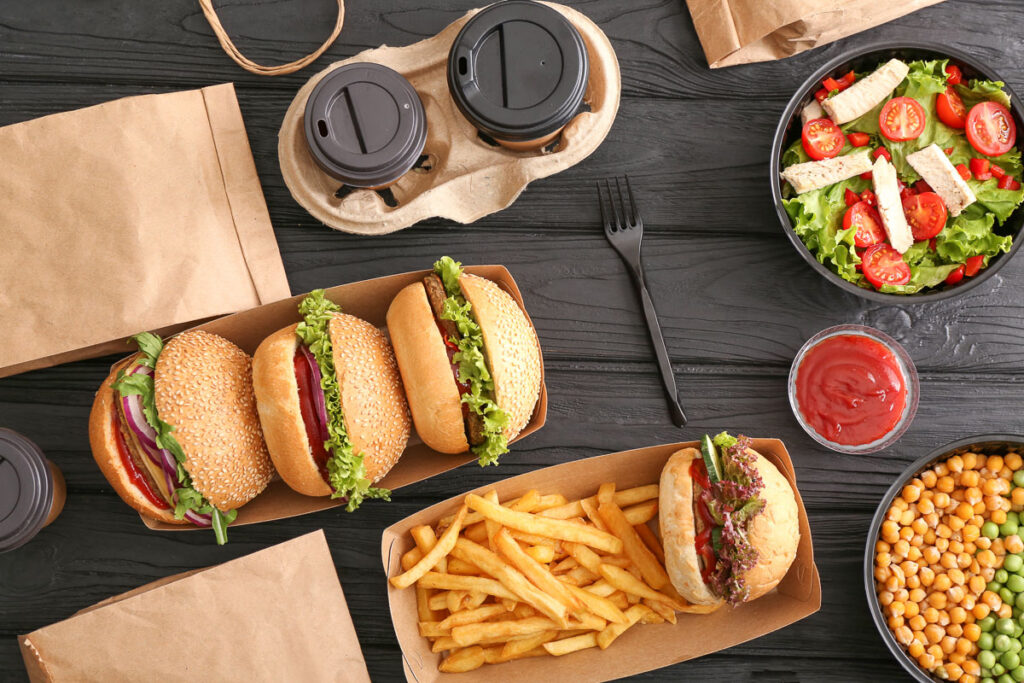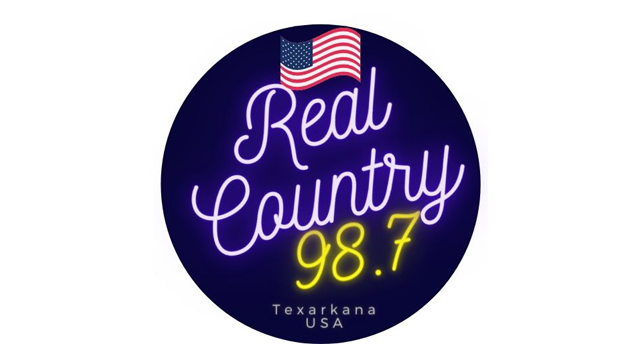


Donald McQuade sentenced to serve 50 years for 1978 murder

Senate acts to provide timely benefits to injured workers





Juneau is the capital city of Alaska situated in the Gastineau Channel and the Alaskan panhandle
Juneau, colloquially known as Juneau (/ˈdʒuːnoʊ/ JOO-noh), situated in the Gastineau Channel and the Alaskan panhandle, serves as the capital city of Alaska. It stands as a consolidated city-borough, encompassing an expansive area, making it the second-largest city in the United States by landmass. Its elevation at sea level against towering mountains and its unique geographical isolation render it distinctive among U.S. state capitals.[/caption]
Named after Joe Juneau, a gold prospector from Quebec, the city was previously referred to as Rockwell and Harrisburg. The Tlingit name for Juneau, Dzántik’i Héeni, meaning “Base of the Flounder’s River,” reflects its rich cultural heritage. Notably, the city’s transportation relies solely on air and sea routes due to the absence of road connections, making it functionally an island city despite its mainland location.
Juneau’s downtown, nestled at the base of Mount Juneau and facing Douglas Island across the channel, boasts a dynamic population fueled by tourism, particularly during the cruise ship season from May to September. Despite its isolation, Juneau serves as the legislative hub of Alaska, hosting the Alaska State Capitol, which originally served as the Federal and Territorial Building before Alaska’s statehood.
Noteworthy landmarks include the Juneau Icefield, from which numerous glaciers, such as the Mendenhall Glacier and the Lemon Creek Glacier, flow. However, the Mendenhall Glacier has been experiencing a gradual retreat. The city’s unique topography, with steep mountains and significant tidal variations, contributes to its scenic beauty and challenges in transportation infrastructure.
With a population of 32,255 as of the 2020 census, Juneau ranks as the third-most populous city in Alaska, following Anchorage and Fairbanks. Its rich history, stunning natural landscapes, and political significance make it a distinctive and vibrant part of both Alaskan and American culture.
Juneau Shopping
Juneau's History
The Gastineau Channel served as a vital fishing ground for the Auke (A’akw Kwáan) and Taku tribes, who had inhabited the surrounding region for millennia. Among them, the A’akw Kwáan maintained a village and burial site, now known as Indian Point in the 21st century. Annually, they engaged in herring harvesting during the spawning season.
Since the latter part of the 20th century, the A’akw Kwáan, in collaboration with the Sealaska Heritage Institute, have actively opposed European-American development of Indian Point. This resistance extends to proposals by the National Park Service and the National Oceanic and Atmospheric Administration (NOAA). They view the area as sacred grounds due to its burial site and its significance in their traditional practices of obtaining sustenance from the sea. Continuously, they gather various resources such as clams, gumboot chitons, grass, sea urchins, and medicinal tree bark.
The Sealaska Heritage Institute, with support from the city and state, undertook efforts to document the 78-acre (32 ha) site, leading to its inclusion on the National Register of Historic Places in August 2016. This recognition marked a significant milestone as the first traditional cultural property in Southeast Alaska to receive such designation.
Juneau, dating back to 1887, remains a focal point for the descendants of indigenous cultures, notably the Tlingit people. These native communities boast rich artistic traditions showcased through carving, weaving, singing, dancing, and oral storytelling. Serving as a social hub for the Tlingit, Haida, and Tsimshian of Southeast Alaska, Juneau continues to honor and preserve the cultural heritage of its indigenous inhabitants.
History
Juneau boasts a diverse array of cultural events and venues, including the annual Alaska Folk Festival, Juneau Jazz & Classics music festival, and Celebration, a biennial Alaska Native cultural festival. Additionally, the city is home to Eaglecrest, a city-owned ski resort situated on Douglas Island.
On Douglas Island’s south end lies the city-owned Treadwell ice-skating rink, named after the adjacent Treadwell Gold Mine. Offering activities such as figure skating, hockey, and open skates, the rink transforms into a space for rollerblading, roller hockey, tennis, basketball, and concerts during the ice-free months from April to September.
Juneau’s vibrant performing arts scene thrives with notable institutions like Perseverance Theatre, Alaska’s largest professional theater, as well as non-profit organizations like Theatre in the Rough, Theater Alaska, Theater at Latitude 58, and Juneau Ghost Light Theatre (formerly the Juneau Douglas Little Theatre). The Juneau Symphony enchants audiences with regular performances, while local opera aficionados can enjoy productions by the Juneau Lyric Opera and Opera to Go. The JUMP Society hosts biannual screenings of locally crafted short films, and cinephiles can indulge in independent, foreign, and classic films at the Gold Town Nickelodeon, an esteemed local art house cinema that also operates a drive-in theater.
Downtown Juneau pulsates with creativity, with art galleries participating in the monthly First Friday Art Walk and the annual Gallery Walk held in December. The Juneau Arts & Humanities Council orchestrates various events and manages the Juneau Arts & Culture Center, a dynamic space featuring a community center, gallery, and lobby shop. At the University of Alaska Southeast Campus, attendees can engage in lectures, concerts, and theater performances. Sealaska Heritage, the nonprofit arm of the Sealaska Corporation, oversees the Walter Soboleff Building, adorned with intricate carvings and hosting cultural exhibitions.





































